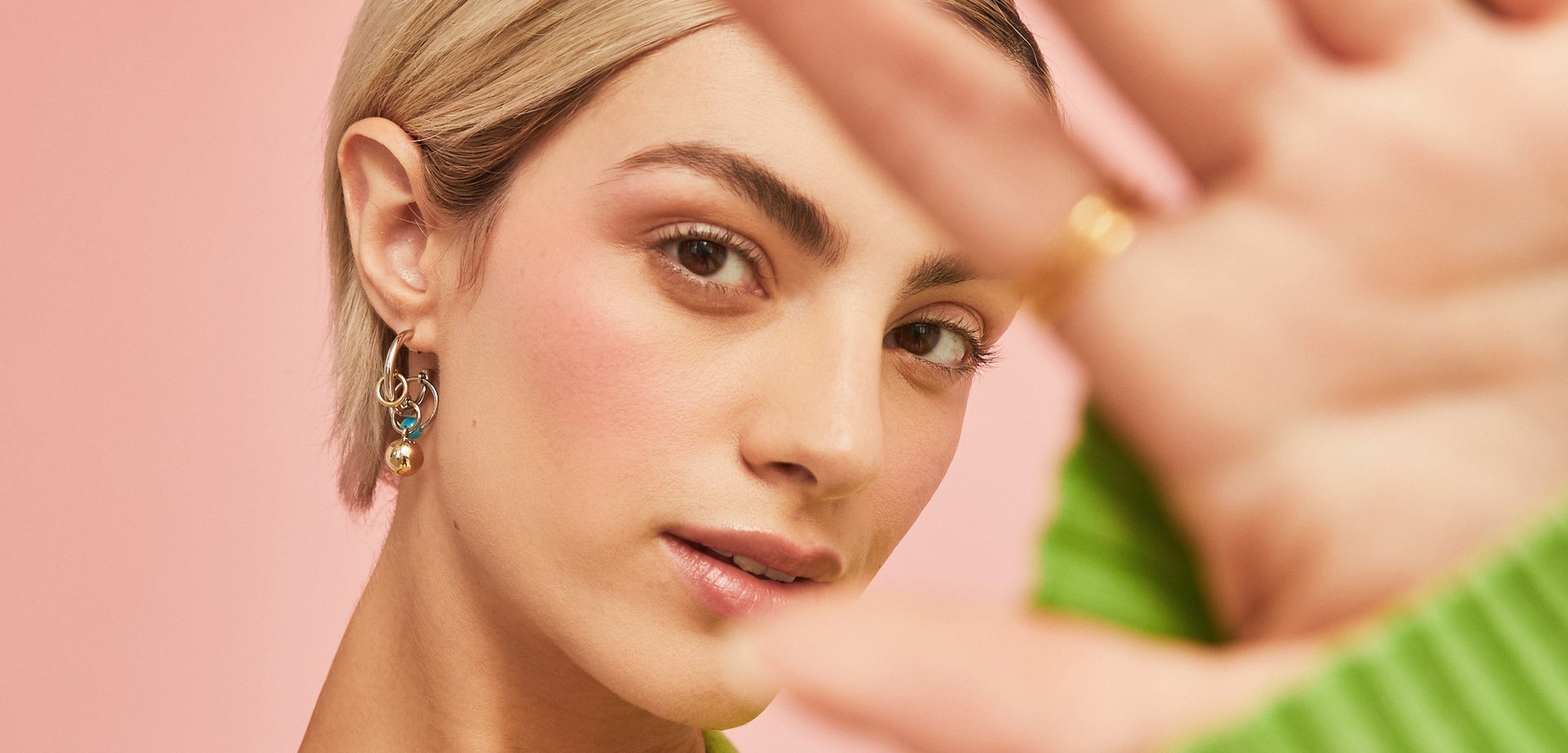How to Style Curtain Bangs for All Hair Types, According to a Hairstylist
January 21, 2022
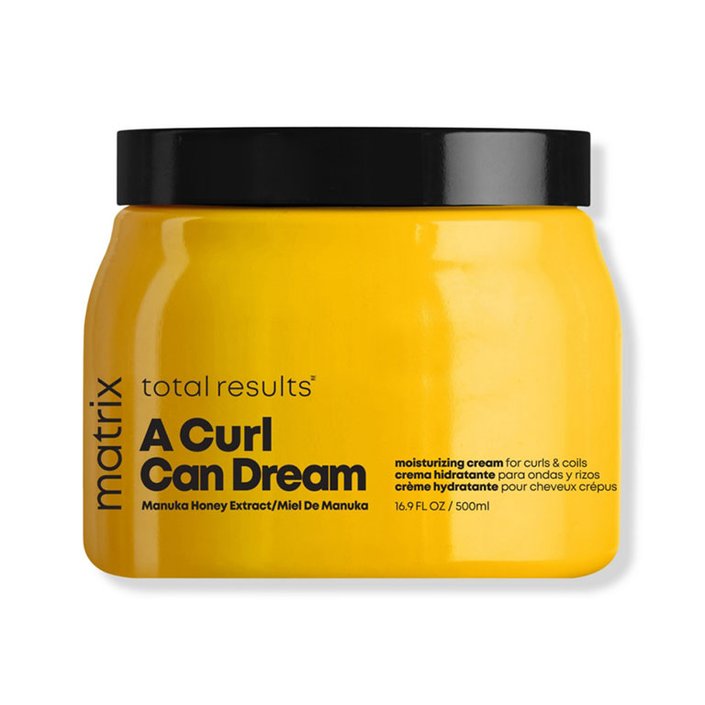
How do you maintain curtain bangs?
While curtain bangs are on the more manageable side of bangs, Newman says they are not completely low maintenance. “Like most bangs, they do require daily styling of some sort,” he explains. “The upside is that it’s a small amount of hair to refresh, and it’s totally OK to wash or refresh just your bangs, and rock your day two (or three or four) hair.”
Newman also notes that the upkeep of curtain bangs depends on how fast your hair grows. However, the tapered effect allows them to grow into long face-framing layers pretty easily. To maintain the perfect length and avoid awkward growth, he recommends getting them trimmed every four to eight weeks, depending on how fast your hair grows.
If you do decide to embark on a curtain bangs journey, “don’t be afraid to try new styling products or techniques,” says the pro, “because these new shorter hairs require a bit of a different approach for styling than long hair.”

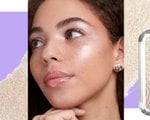



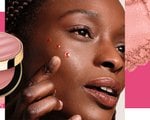
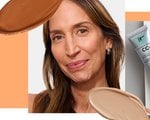


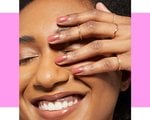

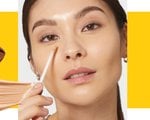


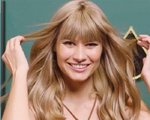
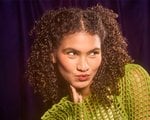

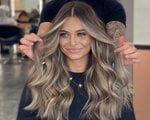

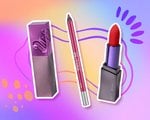

.jpg?cx=0.5&cy=0.5&cw=150&ch=120&blr=False&hash=27326E4FE66B0A2BFABAF4995DA29DC5)
